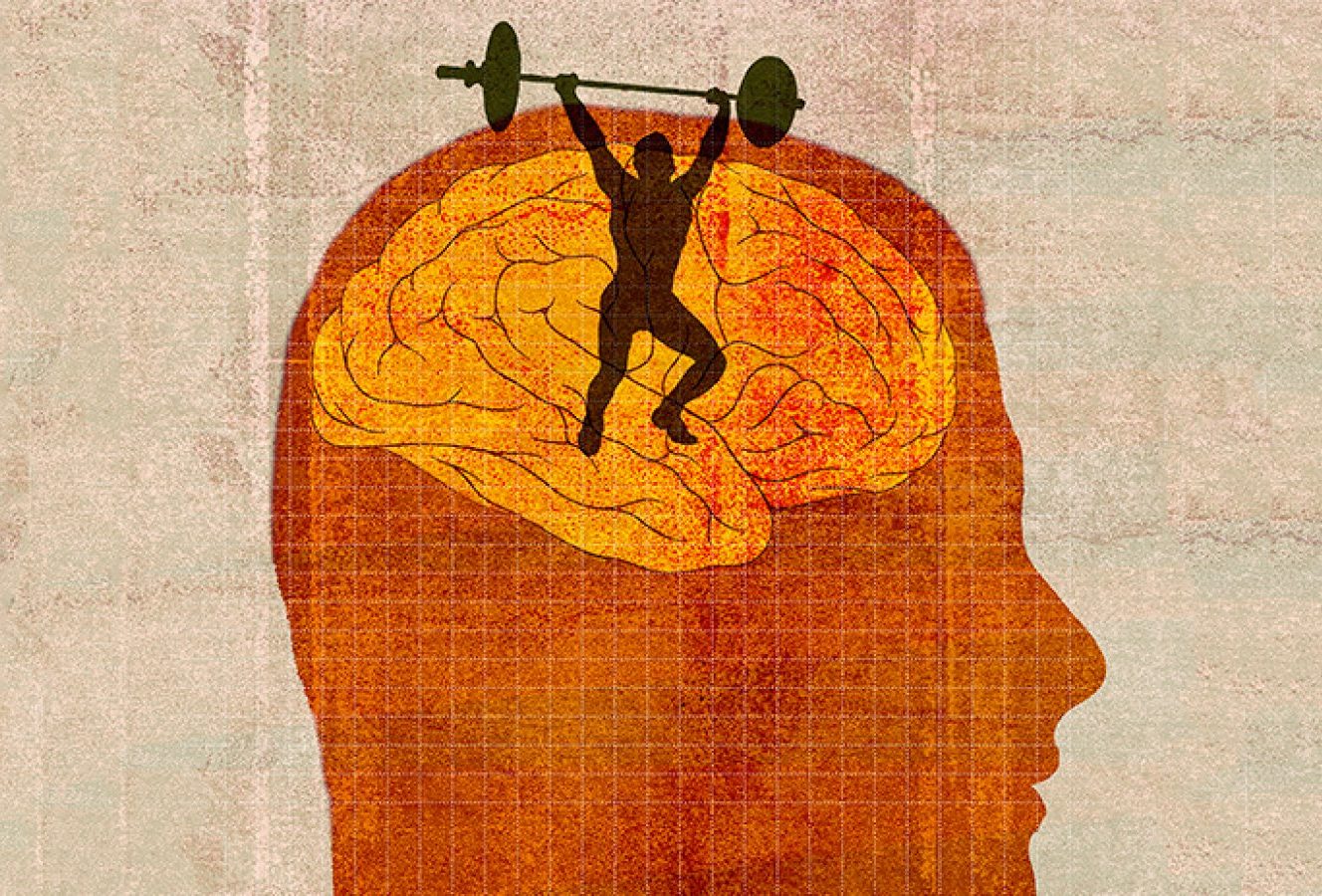Inc: The 4 Brain Superpowers You Need to Be a Successful Leader, According to Neuroscience
Kevin Chin wants his executives to limber up their brains.
Chin’s investment company, Arowana, based in Sydney, Australia, is expanding into London, Los Angeles, and Asia, and “it is imperative to have a senior leadership team that is mentally agile and resilient,” says Chin. Last year, the entrepreneur began working with Tara Swart, a neuroscientist, executive coach, and lecturer at MIT’s Sloan School of Management. Now, he is extending that coaching to his top decision-makers so they, too, can get in touch with their amygdala.
Interest in applying neuroscience to business has been mounting for decades. One reason, according to Swart, is that leaders prefer the idea of optimizing an organ–which is tangible–to the idea of optimizing behavior–which is not. “If I say, ‘You need to be more emotionally intelligent,’ I have had people respond, ‘I don’t understand what I’m supposed to do,'” she says. “If I tell them, ‘You can build a pathway in your brain that will make it easier for you,’ then many are more willing to embark on that process.”
Optimized thinking requires a healthy brain, and so part of Swart’s advice falls into the familiar sleep-eat-hydrate-and-exercise domain. Disturbed sleep is particularly damaging. Your IQ can take a hit of 5 percent or more after a bad night. (Swart began working with Chin to combat the debilitating effects of jet lag on his sleep and, consequently, his thinking.)
A well-fed, rested, and oxygenated brain is necessary for mental resilience and peak performance amid stress and uncertainty. “When all other things are equal, mental resilience is the factor that really distinguishes the CEO,” says Swart. To improve resilience and performance, Swart recommends leaders work on the following:
1. Neuroplasticity
“Everything you have experienced in your life has molded and shaped your brain to favor certain behaviors and habits,” says Swart. But those behaviors and habits may not be optimal. By focusing attention on and repeatedly practicing new, desirable behaviors, leaders can redirect their brains’ chemical, hormonal, and physical resources to create new pathways. The old ones, meanwhile, wither from lack of use.
Learning–particularly attention-heavy subjects like a language or a musical instrument–is the best way to enhance plasticity. “The fact that you are forced to attend to things that your brain hasn’t experienced before has its own benefit apart from what you learn,” says Swart. “The brain becomes more flexible, which [supports] things like being able to regulate your emotions, solve complex problems, and think more creatively.”
2. Brain agility
To be nimble, you must think nimbly. Brain agility is the ability to switch seamlessly among different ways of thinking: from the logical to the intuitive to the creative. Agility may be particularly important for entrepreneurs. “The fact that the brain is likely to think in diverse ways or absorb diverse ideas means that you are more likely to spot trends, pivot, be ahead of the curve,” says Swart.
Multitaskers who try to use several modes of thinking at once generally do less well at all of them. Swart recommends working on problems consecutively and looking at them from different angles. Leaders can also leverage different thinking styles within their teams.
3. Mindset mastery
People with fixed mindsets believe traits like intelligence and talent are settled. People with growth mindsets see themselves as works in progress who develop their intelligence and talent through hard work. A fixed mindset leads to stagnation: a growth mindset to innovation and progress.
Leaders with fixed mindsets should use neuroplasticity to try to move themselves toward growth, according to Swart. For entrepreneurs, that may not be a stretch. “It is about your appetite for risk and attitude toward failure, so it makes sense that entrepreneurs are more comfortable with this,” she says.
4. Simplicity
A hyperactive world places impossible demands on limited brains. Stress rises. Decision-making suffers. Swart advises that leaders practice mindfulness–focusing on their bodies, breathing, and thoughts in the moment–as a way to reduce stress hormones and multiply folds in the part of the brain associated with executive function. She is also an advocate of reducing noncritical decisions. “Figure out what you are going to wear the night before or wear the same thing every day,” she says.
Leaders who know how to improve their own brain function can then apply those lessons to their companies. For example, by creating cross-functional work programs they help employees forge new neuro-pathways and develop brain flexibility as they master unfamiliar knowledge and skills.
Leaders can also use their understanding of the brain to drive fear and stress out of the workplace and to develop trust. Stress spikes cortisol in the brain, which negatively affects thinking and the ability to control emotions. At sustained levels, people go into survival mode.
By contrast, “if you are in a really exciting environment where you have got lots of the hormone oxytocin flowing around your organization, you are more likely to make decisions that are not based on scarcity and survival but on abundance,” says Swart. Innovation and risk-taking flourish.
Read the full article on Inc here.






